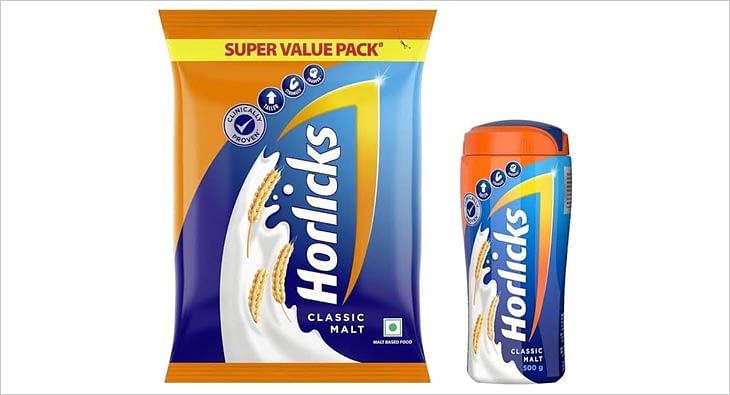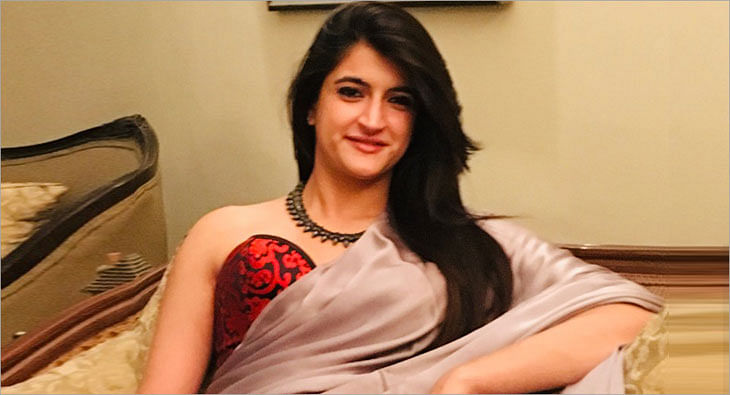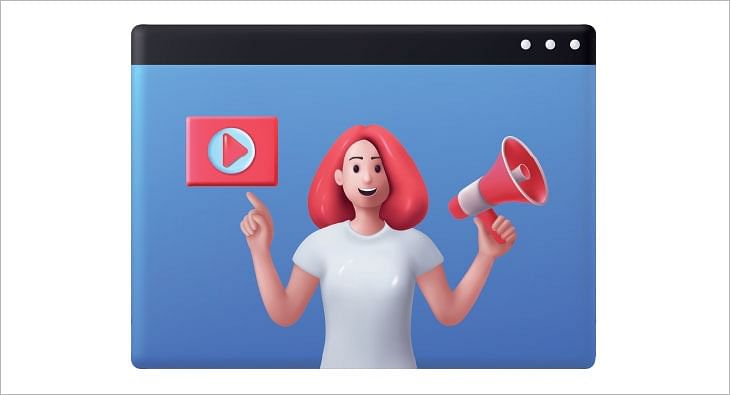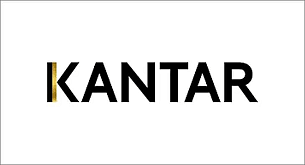How Vistara used the power of Twitter to promote #VistaraPremiumEconomy
The entire campaign successfully earned 16M+ impressions in 17 days

Vistara Premium Economy – Get more for a little more, is India’s only premium economy class. Vistara Premium Economy customers really enjoy their seating arrangements in a cabin which is close to the front of the aircraft. The customers can get comfy and stretch their legs as there is extra space provided for everyone acquiring this facility. Along with the extra space, the customers are also provided with Gourmet food services, Starbucks coffee and much more.
Vistara mainly targets the market of business class and the patrons who want to travel with ease because they actively look out for quality services and experiences which are worthy of the amount of money that they spend.
Many advertising campaigns are integrating their commercials into different media platforms. Vistara leveraged the power of a social media platform like Twitter, to raise awareness about itself so that the customers can be content with the views and feedbacks through others and in turn, look forward to acquiring these services. The main objective was to build awareness about the benefits that are provided by Vistara Premium Economy. And secondly, it was to create a strong brand association through innovative storytelling and getting popular influencers on board.
Vistara approached Twitter to create awareness through content integration and end-to-end support. It meant connecting with social media a part of the customers’ lives. Twitter played a crucial role in providing Vistara with end-to-end solutions in terms of campaign planning, execution, and content creation support. These collective efforts resulted in a video campaign that projected the prime propositions of #VistaraPremiumEconomy. Then they made it to the Top of the Twitter timelines with First View and Promoted Trend. Vistara launched the first two videos through First View and Promoted Trend showcasing how Premium Economy caters to customers who want their space while making sure that they enjoyed their Gourmet Coffee. These videos played a vital role in promoting the campaign.
Then they proceeded to promote tweets through their influencers, Rocky and Mayur, who spoke about the #UnbelievablyGood benefits of flying by Vistara Premium Economy through their videos. These videos are highly engaging which therefore gathered a lot of positive responses from the audience. The hashtags #UnbelievablyGood #VistaraPremiumEconomy, #FlyTheNewFeeling, #VistaraLove and #LotMoreForLittleMore started receiving an overwhelming response from the audience.
Three remarkable videos regarding services being provided by Vistara such as the catering of gourmet food, availability of Starbucks coffee, being able to carry the extra weight of the bags through customs as well as not having to stand in long queues, had an outstanding impact on the audience.
The entire campaign successfully earned 16M+ impressions in a short span of 17 days.




Read more news about Marketing News, Advertising News, PR and Corporate Communication News, Digital News, People Movement News
For more updates, be socially connected with us onInstagram, LinkedIn, Twitter, Facebook Youtube, Whatsapp & Google News
About 60% Instagram influencers in India have fake followers: Report
As per a media report, influencer marketing platform KlugKlug has found that only 2.48 million profiles out of the 8 million have ‘high-quality’ followers
Two of three Instagram influencers in India have more than 60 per cent fake followers, a report by influencer marketing platform KlugKlug shows.
This is particularly true for the beauty and fashion sector, the report noted.
Other countries that have influencers with fake followers are Brazil, the UAE and Indonesia.
As per media reports, such Instagram fake followers can be roped in for as little as Rs 10 to a high of Rs 1,000.
According to Klug Klug India, only 2.48 million profiles out of the 8 million have high-quality followers.
A number of other categories have also been buying fake followers, media reports have noted.
As per a media expert, quoted in the reports, brands are finding it difficult to identify and curb the menace of fake followers and bots.
In a recent setback for influencers the Central Consumer Protection Authority (CCPA) has said those promoting activities like gambling and betting are equally liable as the companies promoting the same.
15% consumers enhance their user experience through virtual assistants: Kantar report
According to Soumya Mohanty, Managing Director & Chief Client Officer- South Asia, Insights Division, Kantar, less than 1% of ads get tested due to lack of time
Marketing data and analytics firm Kantar has unveiled a report that studies the burgeoning AI market to dish out actionable insights for marketers. Within AI, virtual assistants are the fastest growing segment. The report noted that 15% consumers enhanced their ‘user experience through virtual assistants’. This segment is the fastest growing at 27% YoY.
According to the study, while ‘fitness’ and ‘social media’ apps are amongst the leading categories, driving AI adoption (with an average of 2.3 AI led features embedded in these applications), segments like ‘BFSI’, ‘job search’ and ‘short video’ apps are relatively slow in AI adoption, with an average of 1.2 features each. Entertainment apps, digital commerce and pharmacy apps stand somewhere in the middle with 2.0 & 1.8 AI features being adopted, respectively.
Additionally, the report said that while 90% of marketing and sales leaders think their organisations should be using AI “often”, 60% said their organisations “rarely or never” do. Speaking to exchange4media, Soumya Mohanty, Managing Director & Chief Client Officer- South Asia, Insights Division, Kantar highlighted that currently there are a lot of organisations who know that there is something called AI, but haven’t yet figured out how it could help them holistically.
“A lot of the AI just gets used for efficiency purposes, so repetitive tasks get automated,” Mohanty pointed out. Data also plays a big role in why certain organisations are struggling with how to use AI.
For instance, Mohanty explained that in segments like D2C, telecom etc. there is a lot of primary or first-party data. So being able to leverage AI also gets easier. “It's the traditional large sort of FMCG type companies where data sits in silos. You don't really have one single source of data where it's a little difficult to use the full power of AI, because the full power of AI also needs a lot of data sitting in a structure that you can use,” she added.
So, can AI help marketers have a unified view of data? No, says Mohanty. “AI does not help marketers get a unified view of data. Once you have data in a unified way, AI can help you do a lot more with that data.”
According to her, organisations today need to have good, strong data warehousing. “It needs to make sense because a lot of the silos are also because everybody owns one part of it. A lot of people have their own analytics teams internally, so there are a lot of agendas and stakeholders. And then we say data is in silos because fundamentally, when you're doing something internally, different people have different stakes in it,” Mohanty added.
Puneet Avasthi, Senior Executive Director, South Asia, Insights Division, Kantar shared that most organisations are now heavily investing in creating first-party data sets. “Companies that have first party data about their consumers and transactions or interactions that they have with the brand are going to be able to leverage that more effectively to create sharper profiles for the brand as such for the consumer and build relevant recommendations at the right moments.
Panning out she also highlighted how AI can be leveraged to enhance market research and make it more accessible, a part of which Kantar is itself involved in. “A lot of times people say that we can't test an ad because we don't have time. So less than 1% of advertising gets tested and just gets put out. Does it work when it gets put out? It is the question the audience should answer, because so many times, it backfires,” Mohanty shared. Apparently, digital particularly doesn't get tested because organisations just do a/b testing and leave it at that.
Speaking of preferred use cases of AI, Avasthi added that various businesses and brands are looking at creating an experience for the brand that is in line with the brand's architecture and progress across all touch points. “That is something that the AI engines that are working behind can ensure, that all such interactions are consistently delivered across different virtual assistants or chatbots that are available to the consumer,” he said.
The other use case, according to Avasthi, is ensuring that there is greater visibility for the brand in the digital sphere as such, through various recommendation engines, when a certain need is being looked for and to throw up the right kind of information about the brand so that the brand message is amplified in the mind of the consumers.
Among other insights from the Kantar AI report is that 88% consumers used AI based algorithms which analysed their preferences, behaviours, and interests to create personalised recommendations for tailored experiences. This segment grew at 6 % YoY. At 21%, ‘smart home automation’ is a smaller segment but growing at 25% YoY.












 Share
Share
